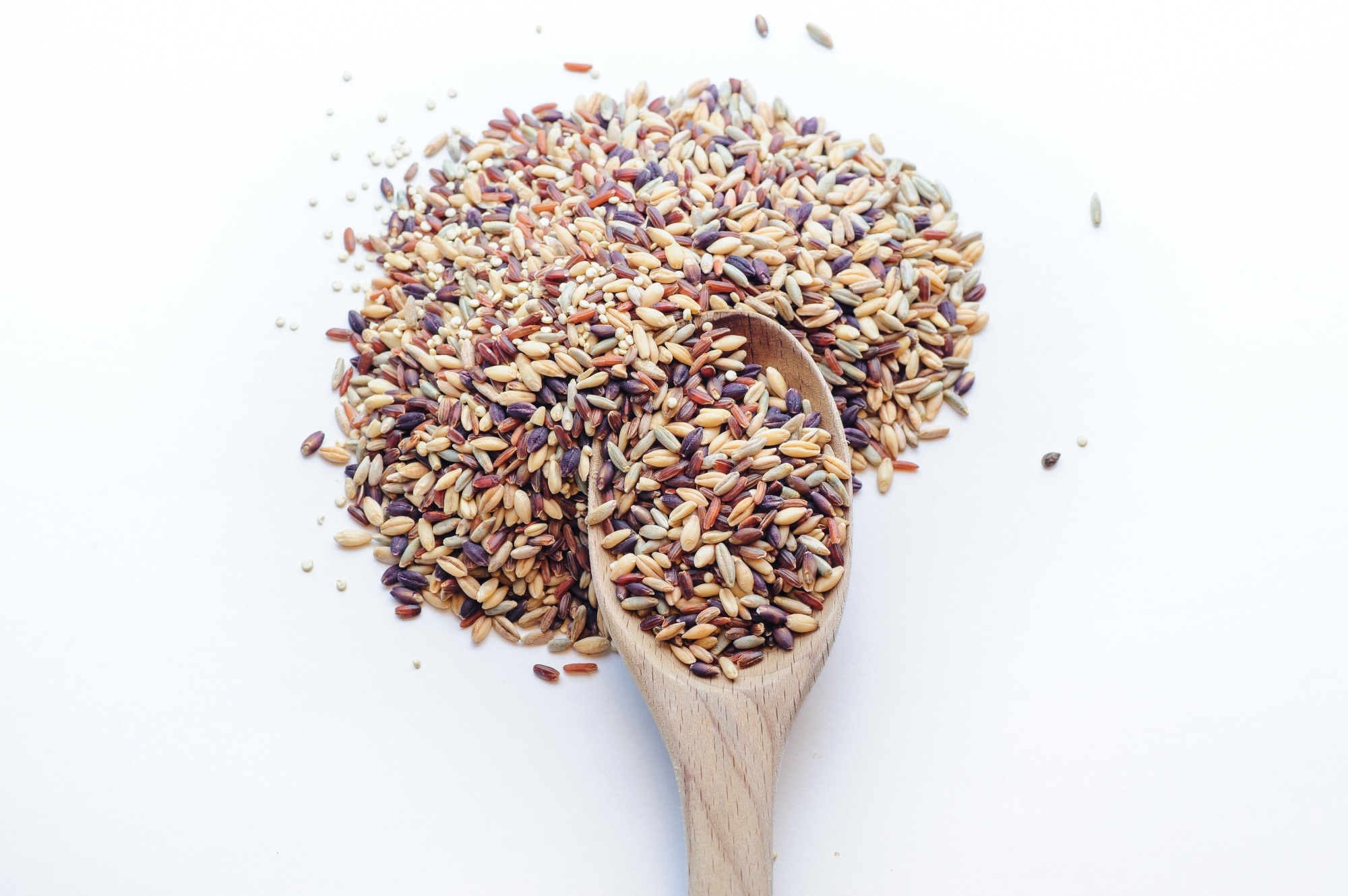It is onerous to inform the distinction between a new child boy and woman based mostly solely on temperament traits such because the child’s propensity to show concern, smile or snicker. However as soon as infants attain round a 12 months outdated that begins to change.
A brand new examine in PLOS ONE used machine learning to analyze temperament data on 4,438 infants in an try to classify the infants by gender and age.
The outcomes point out it’s far simpler for pc algorithms to decide the age of a child than it’s for them to decipher a child’s gender based mostly off temperament data throughout the toddler’s first 48 weeks of life.
Nonetheless, as soon as the infants handed 48 weeks of age, gender classification improved for the a number of algorithms thought-about, suggesting gender variations in infancy grow to be extra accentuated round this time.
It’s no less than suggestive of an image the place temperament begins to differentiate by gender in a extra highly effective method round age one.”
Maria Gartstein, lead creator of the examine and professor of psychology at Washington State College
Earlier analysis has investigated age and gender-based temperament variations in infants, however few if any research have appeared on the two variables collectively.
Gartstein mentioned that is primarily due to the problem of a single lab gathering sufficient data on toddler habits to make their findings statistically dependable and related to a broad sufficient phase of the inhabitants.
To beat this problem, she and her colleagues reached out to scientists nationwide to collect toddler habits questionnaire data collected between 2006-2019.
The questionnaire is a parent-report measure of temperament that asks dad and mom to file the frequency of 191 totally different behaviors their little one shows over the previous week from 3-12 months of age. This data can then be used to price infants alongside 14 totally different temperament dimensions comparable to smiling, stage of exercise, anger/frustration and concern. Total, Gartstein and colleagues collected data for two,298 boys and 2,093 women.
For the evaluation, co-author Erich Seamon of the College of Idaho’s Institute for Modeling, Collaboration and Innovation used machine-learning algorithms to classify infants as both male or feminine at 0-24 weeks of age, 24-48 weeks of age and older than 48 weeks based mostly off the rankings for the 14 temperament dimensions. Accuracy charges elevated with age, starting from a low of 38% for age group one, to 57% for age group three.
“It was a cool alternative to do sort of an illustration examine utilizing these machine learning strategies that require actually massive data units and will not be quite common in social emotional improvement analysis,” Gartstein mentioned. “It gave us the chance for the primary time to actually take into account the extent to which gender variations are knowledgeable by toddler age.”
The outcomes of the researchers’ evaluation confirmed concern was an important characteristic in distinguishing boys and women for the youngest and mid-range age teams. Because the infants bought older, falling reactivity, or having the ability to rapidly recuperate from excessive stress conditions, and method, displaying extra willingness to provoke interactions and interact with folks and objects, turned extra influential.
For the infants older than 48 weeks, low-intensity pleasure, or enjoyment in acquainted calm actions comparable to enjoying peek-a-boo with a guardian, was essentially the most influential variable in distinguishing boys from women. Total, women got here out larger on concern, falling reactivity, and low depth pleasure, and boys larger on method.
Apparently, sure temperament options detracted from the machine-learning algorithms’ accuracy in classifying infants by gender, significantly cuddliness, vocal reactivity, smiling and laughter within the youngest age group and smiling, laughter, perceptual sensitivity (e.g., noticing very refined adjustments) and exercise within the oldest age group.
Though a lot of components could possibly be contributing to the researchers’ sample of outcomes, their work is in line with earlier findings that present the consequences of socialization actually begin to kick in round a 12 months of age.
“Moms take totally different approaches to socialization for his or her sons and daughters, and over time such variations may end up in divergent trajectories with respect to temperament,” Gartstein mentioned. “Particularly, dad and mom could prioritize relationship orientation for daughters, however competence and autonomy for sons.”
Shifting ahead, Gartstein mentioned the plan is to leverage the machine learning method she and her collaborators developed for the present examine to examine different hard-to-answer questions relating to social emotional improvement in infants.
“What I am really sort of concerned with proper now’s wanting to see for those who can predict variations within the high quality of caregiving on the idea of kid mind exercise,” she mentioned. “The analytic technique we developed for this examine is especially highly effective when it comes to answering questions that depend on a number of enter variables to remedy a classification downside, excessive vs. low-quality caregiving.”
Supply:
Washington State College
Journal reference:
Gartstein, M.A., et al. (2022) Utilizing machine learning to perceive age and gender classification based mostly on toddler temperament. PLOS ONE. doi.org/10.1371/journal.pone.0266026.












